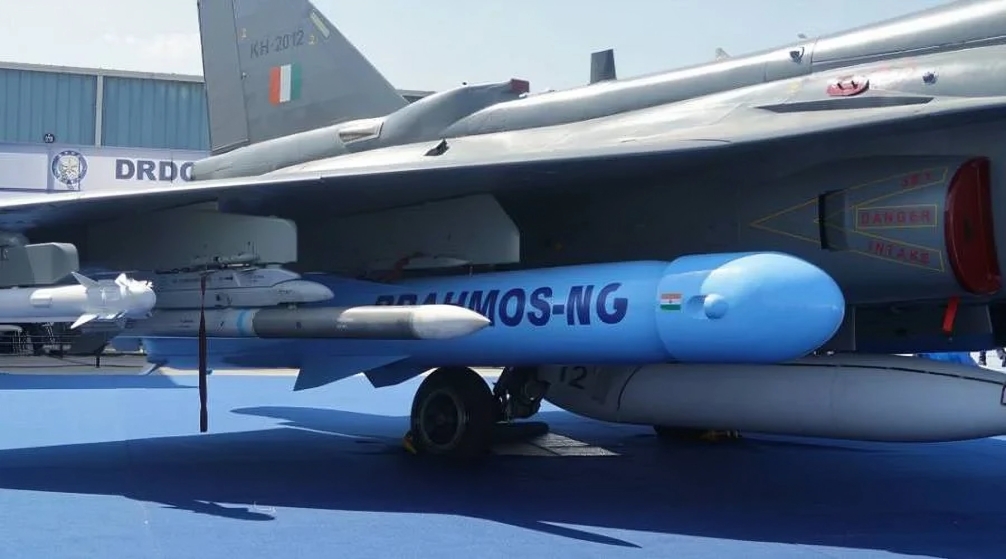India is set to make a major leap in missile technology with the development of the BrahMos-NG (Next Generation) supersonic cruise missile, announced Defence Research and Development Organisation (DRDO) Chairman Dr. Samir V. Kamat at the Defence Institute of Advanced Technology convocation ceremony. The new missile promises to overcome the current BrahMos system’s platform restrictions while enhancing speed, versatility, and deployment options.
The BrahMos-NG will be 50% lighter and three metres shorter than its predecessor, allowing integration with a wider range of aircraft, including the Su-30MKI, HAL Tejas Mk-1A, MiG-29UPG, Mirage-2000, and future platforms like the Rafale and Tejas Mk-2. It will also be deployable from smaller naval vessels and P75I-class submarines, significantly expanding India’s strike envelope.
Technically, the missile will feature a reduced diameter of 50 cm, a warhead capacity of 200–300 kg, a top speed of Mach 3.5, and an operational range of 290 km. It will incorporate stealth design, AESA radar, and enhanced resistance to electronic countermeasures.
First flight tests are slated for 2026, with induction expected between late 2025 and early 2026. Production will begin in Uttar Pradesh, with an initial capacity of 80–100 missiles annually. The Indian Air Force has already placed an order for 400 units, valued at around ₹8,000 crore.
The announcement comes on the heels of BrahMos’s successful use in Operation Sindoor earlier this year, where it was the primary offensive weapon in precision strikes across Pakistan and Pakistan-occupied Kashmir. Paired with the indigenous Akashteer air defence system, the operation showcased the synergy between India’s offensive and defensive capabilities.
With defence production reaching a record ₹1,50,590 crore in FY 2024-25 and exports climbing to ₹23,622 crore, DRDO aims to double export figures by 2029. The BrahMos-NG is expected to be a key driver of this growth, positioning India as a global leader in supersonic missile technology.













